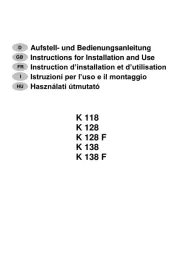Microchip HV257 Manual
Læs gratis den danske manual til Microchip HV257 (26 sider) i kategorien Ikke kategoriseret. Denne vejledning er vurderet som hjælpsom af 11 personer og har en gennemsnitlig bedømmelse på 4.4 stjerner ud af 6 anmeldelser.
Har du et spørgsmål om Microchip HV257, eller vil du spørge andre brugere om produktet?

Produkt Specifikationer
| Mærke: | Microchip |
| Kategori: | Ikke kategoriseret |
| Model: | HV257 |
Har du brug for hjælp?
Hvis du har brug for hjælp til Microchip HV257 stil et spørgsmål nedenfor, og andre brugere vil svare dig
Ikke kategoriseret Microchip Manualer



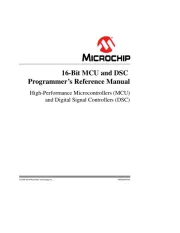

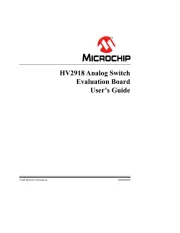
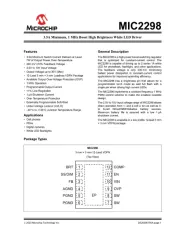
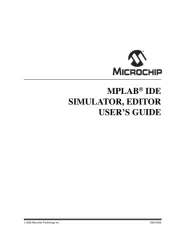

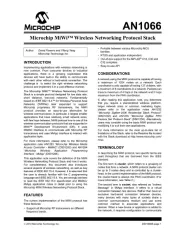
Ikke kategoriseret Manualer
- Vitec
- XYZprinting
- Tot Tutors
- HVMLAK
- Prem-i-air
- Kino Flo
- Jack Wolfskin
- Roadworx
- Gardebruk
- Robern
- ToiToiKids
- Forodi
- Playmobil
- Bricasti Design
- Atomi Smart
Nyeste Ikke kategoriseret Manualer

